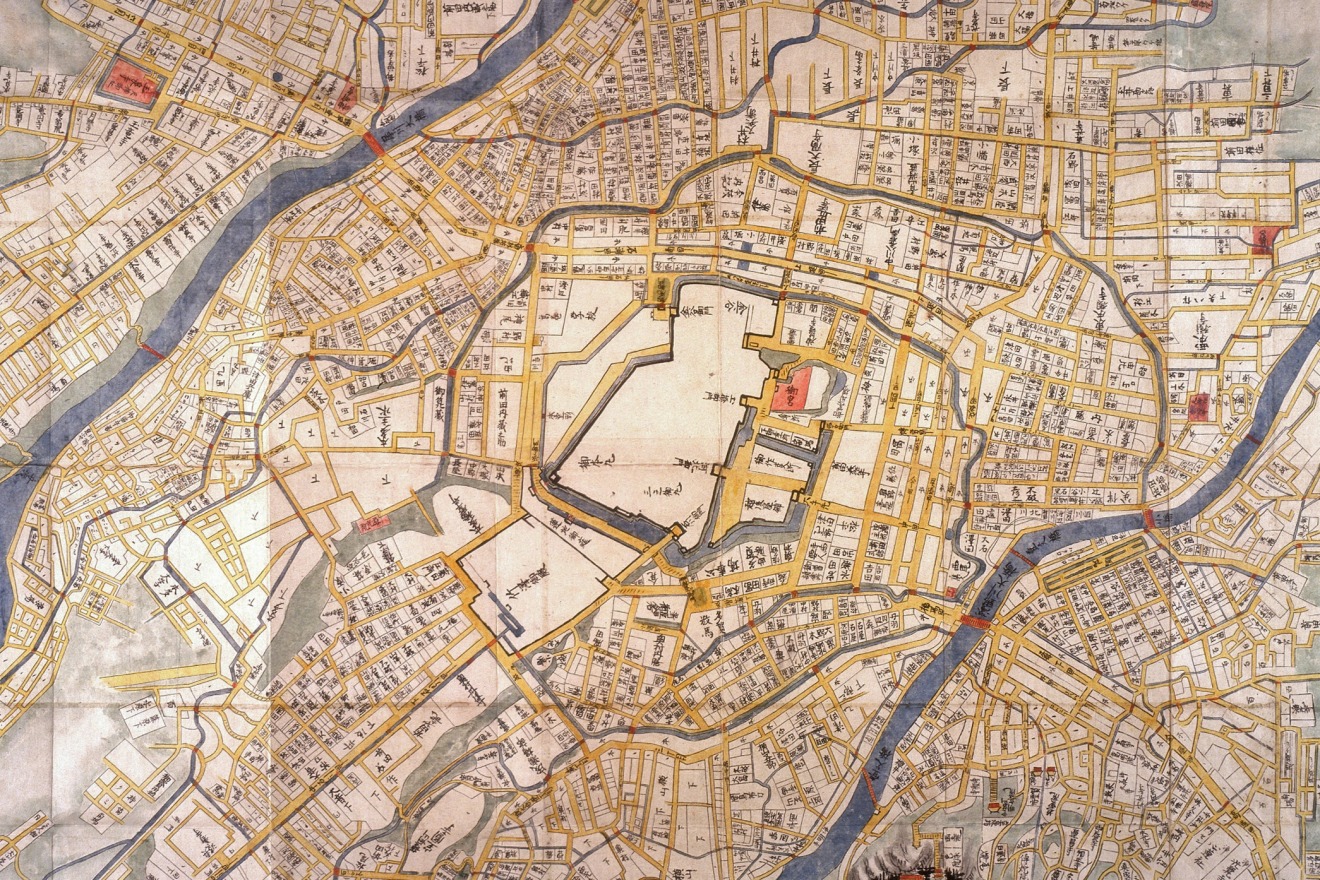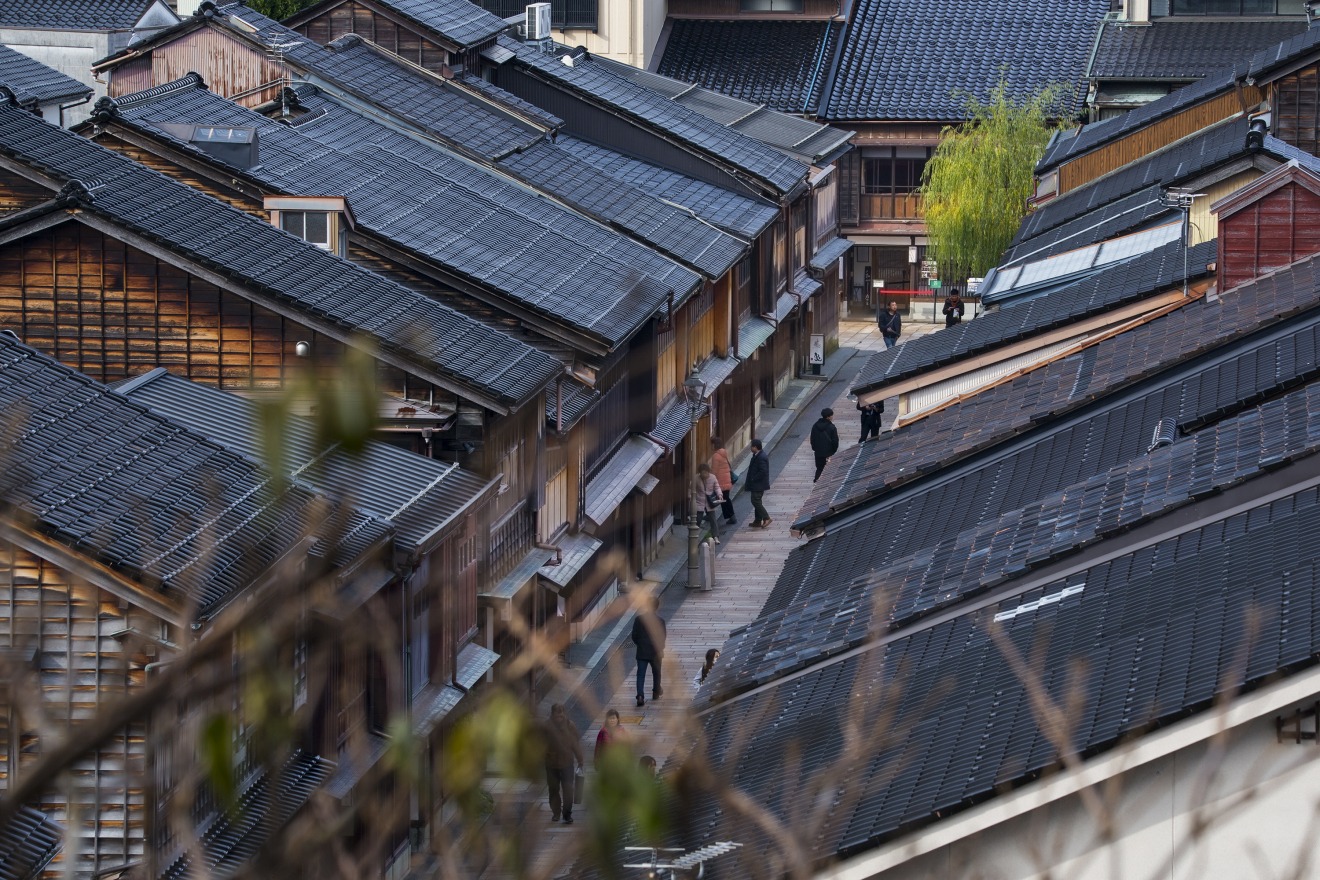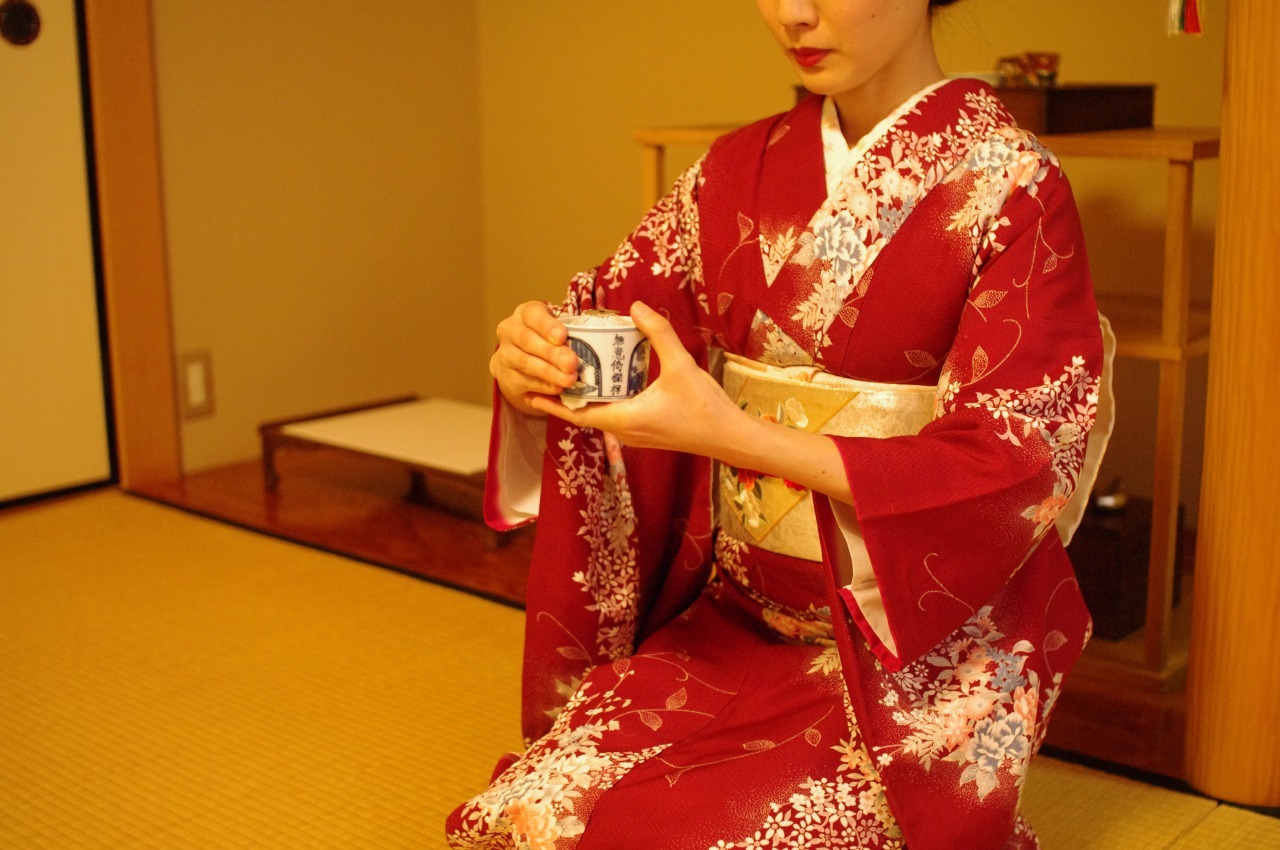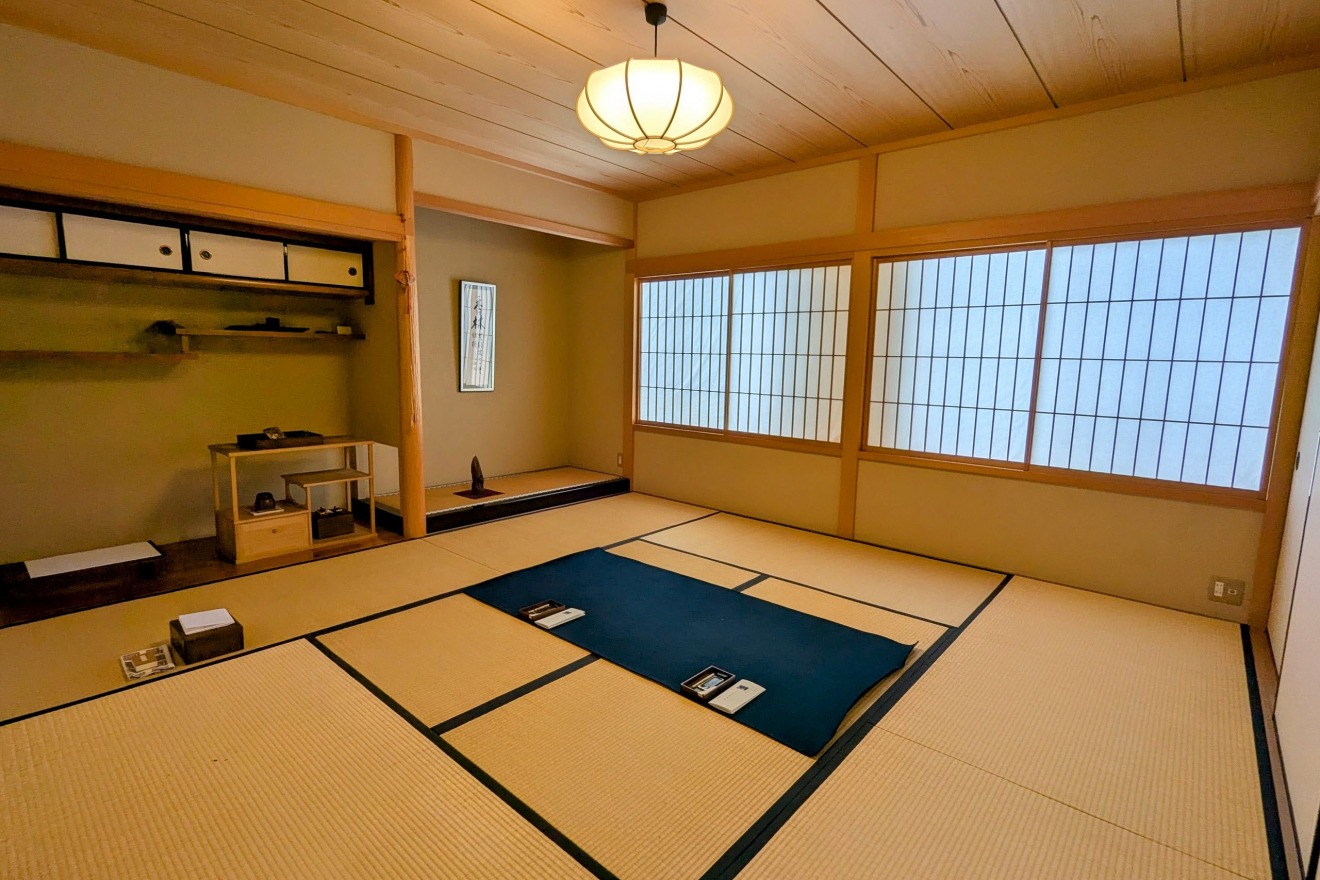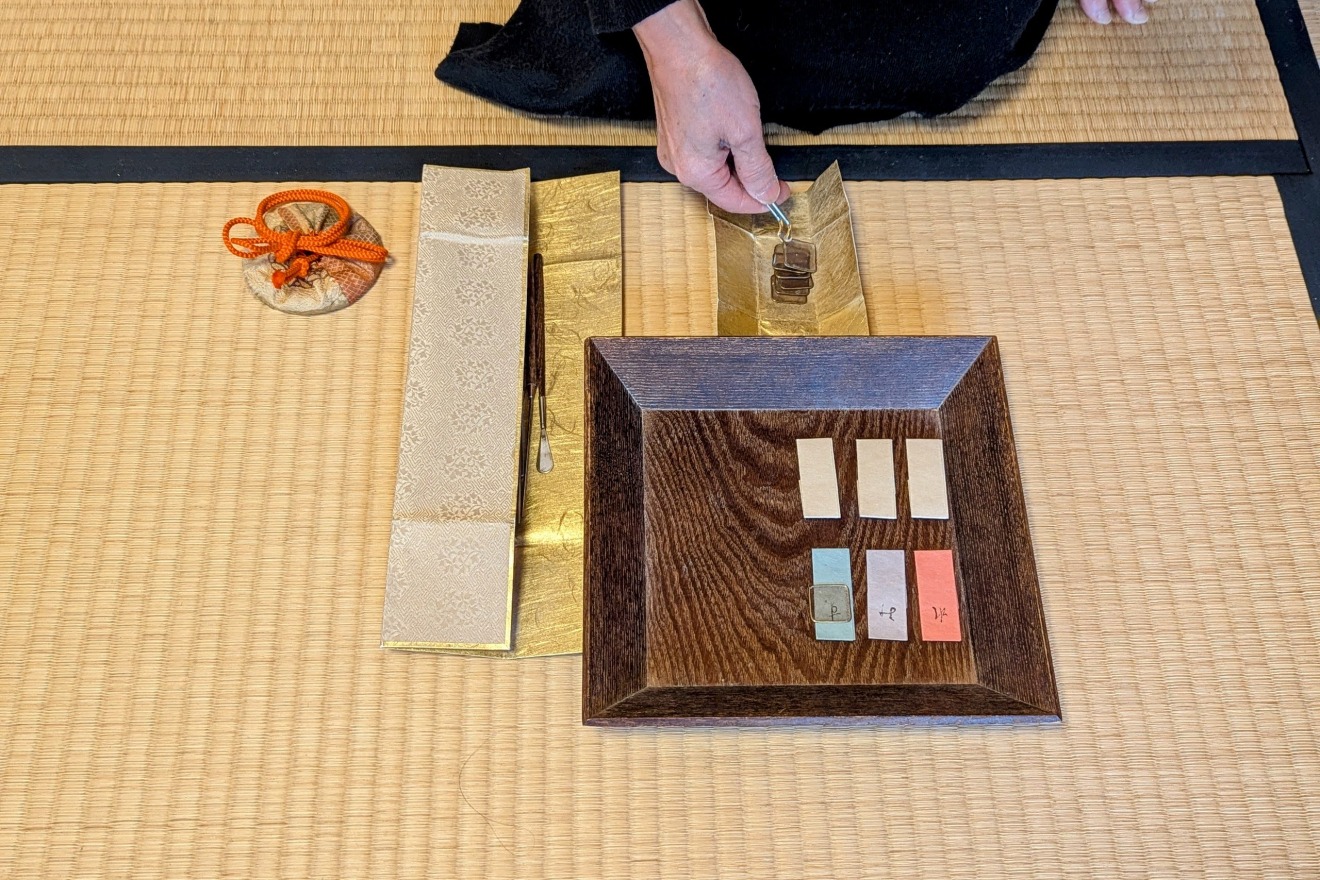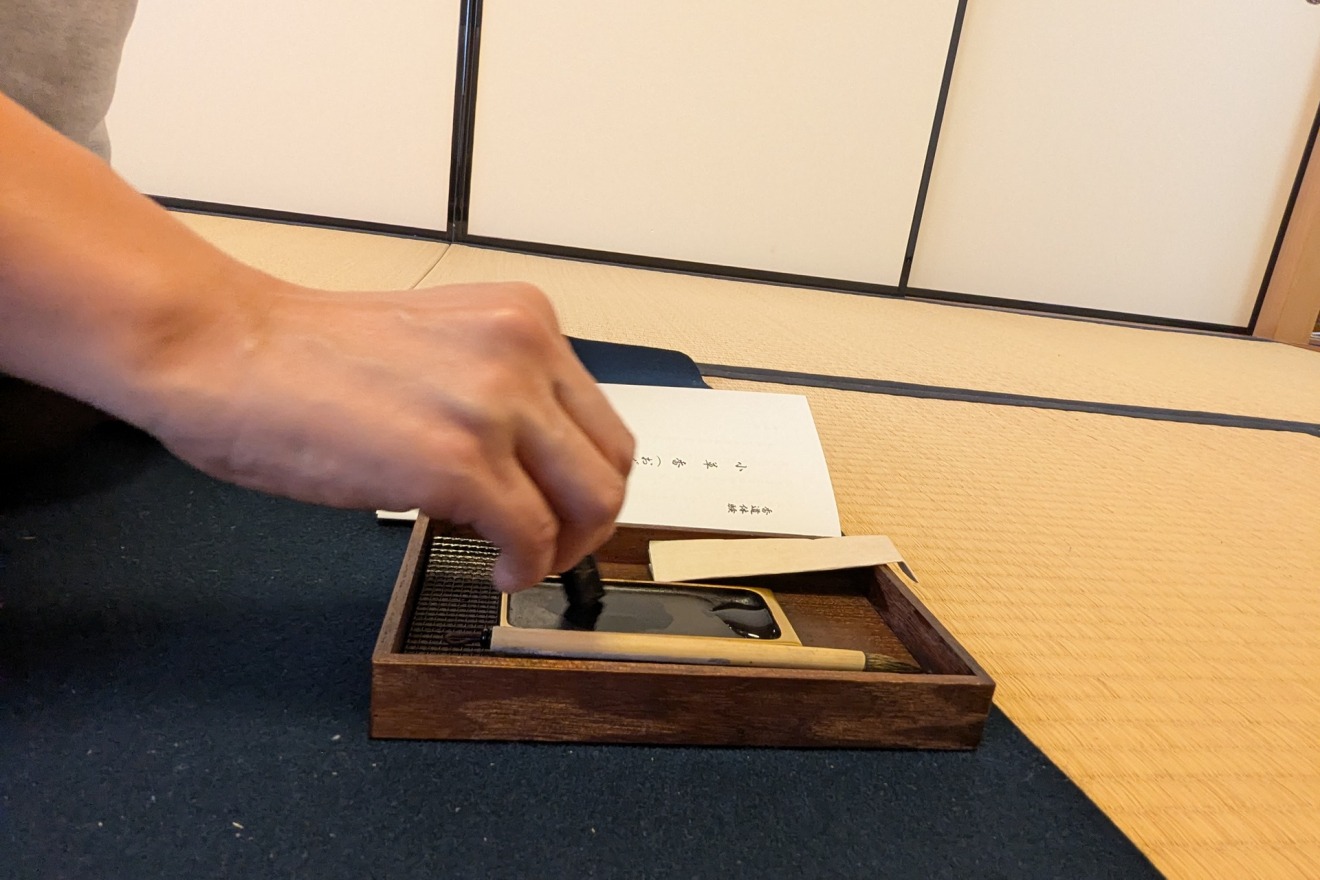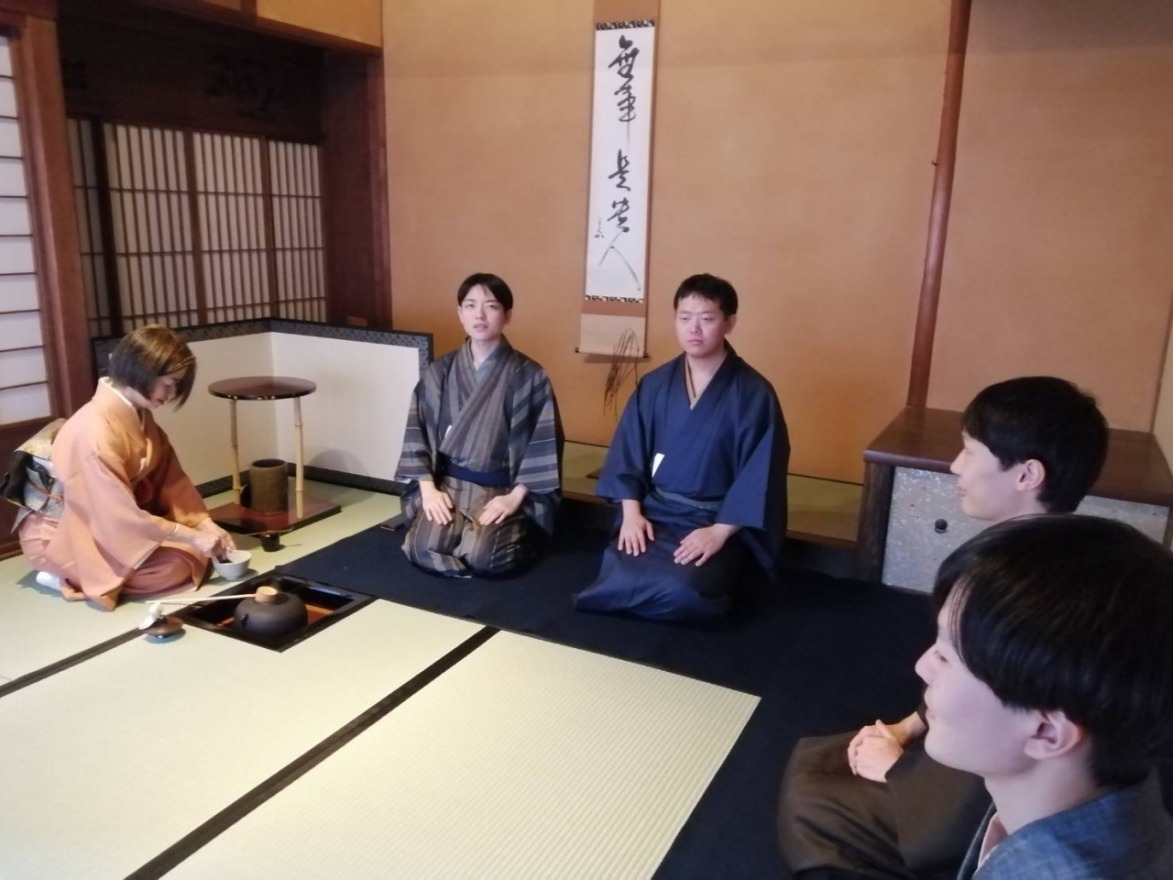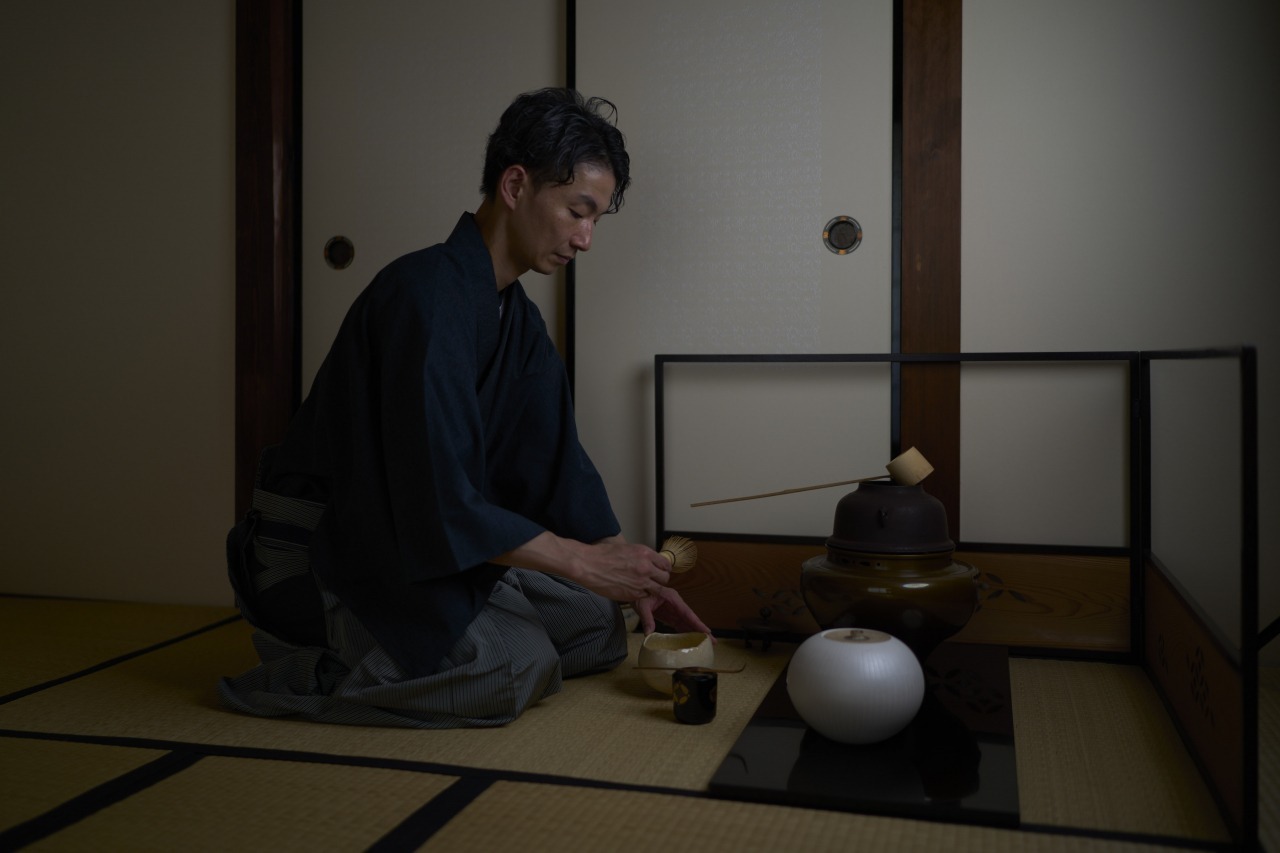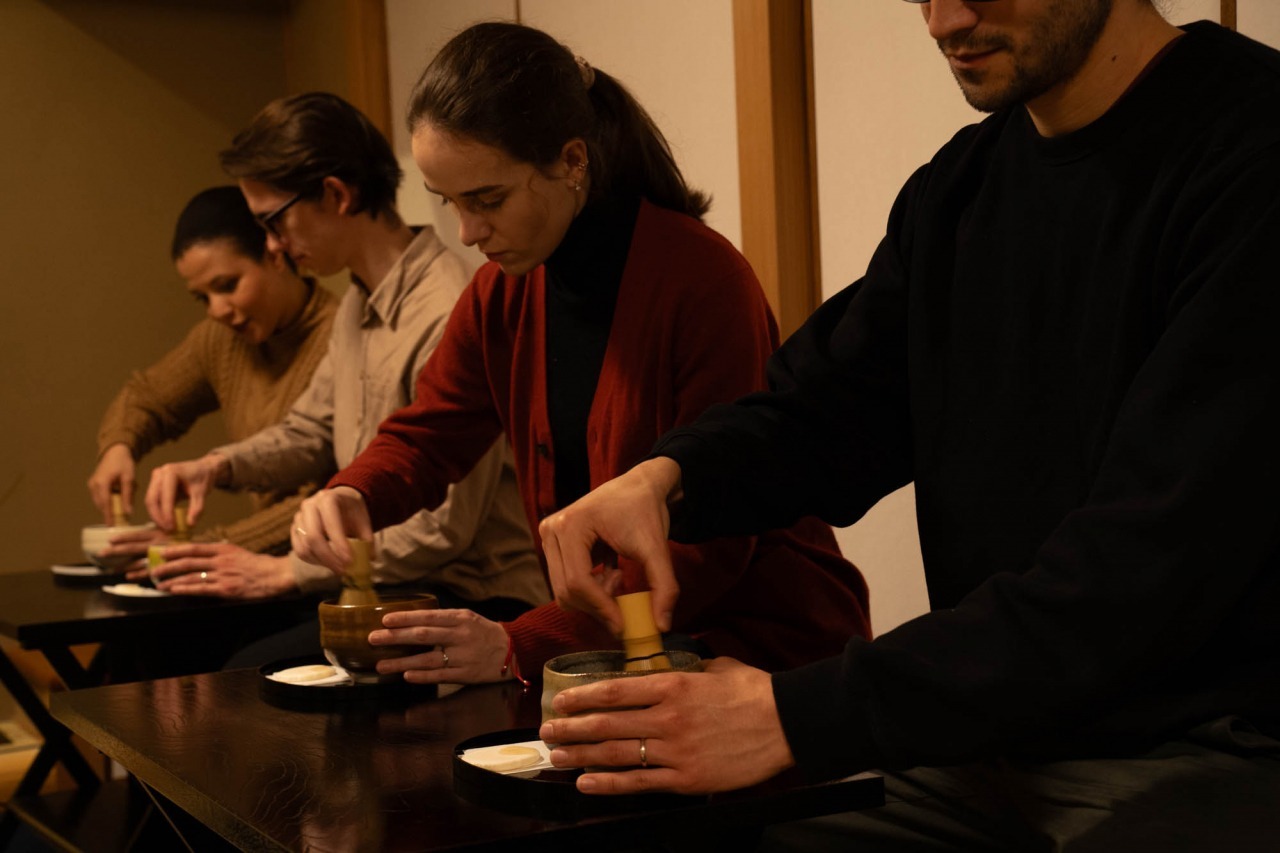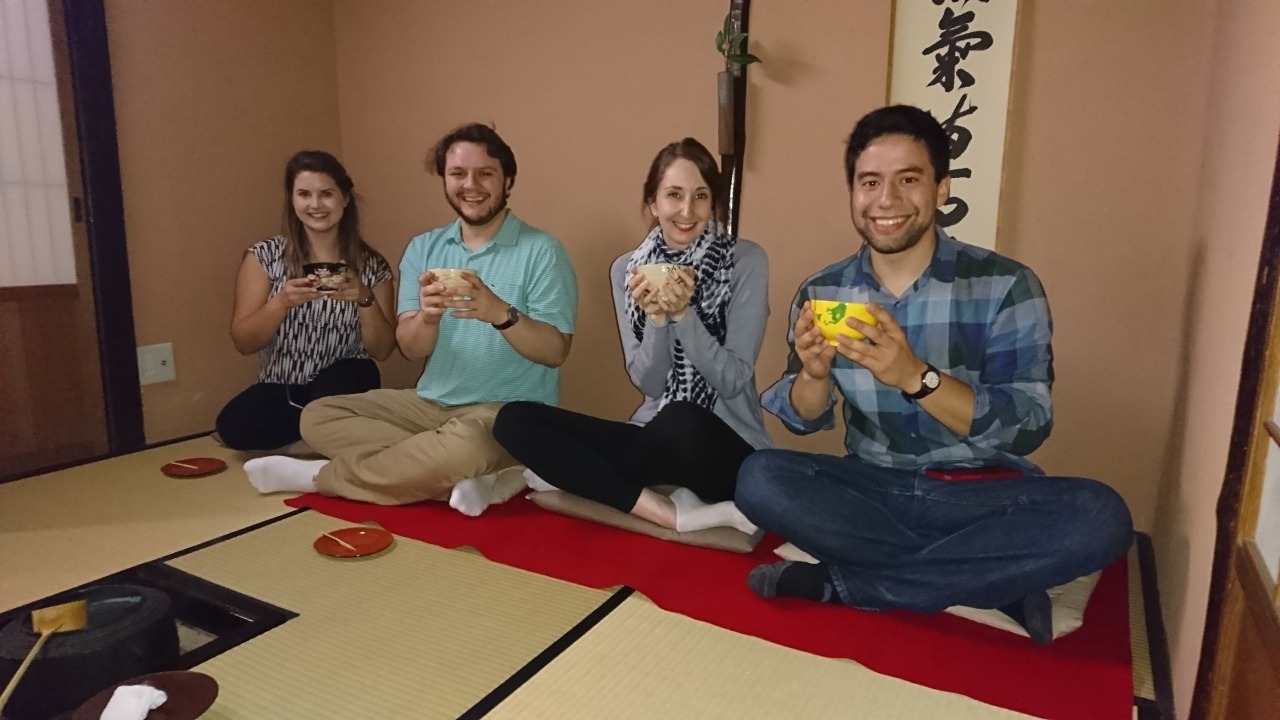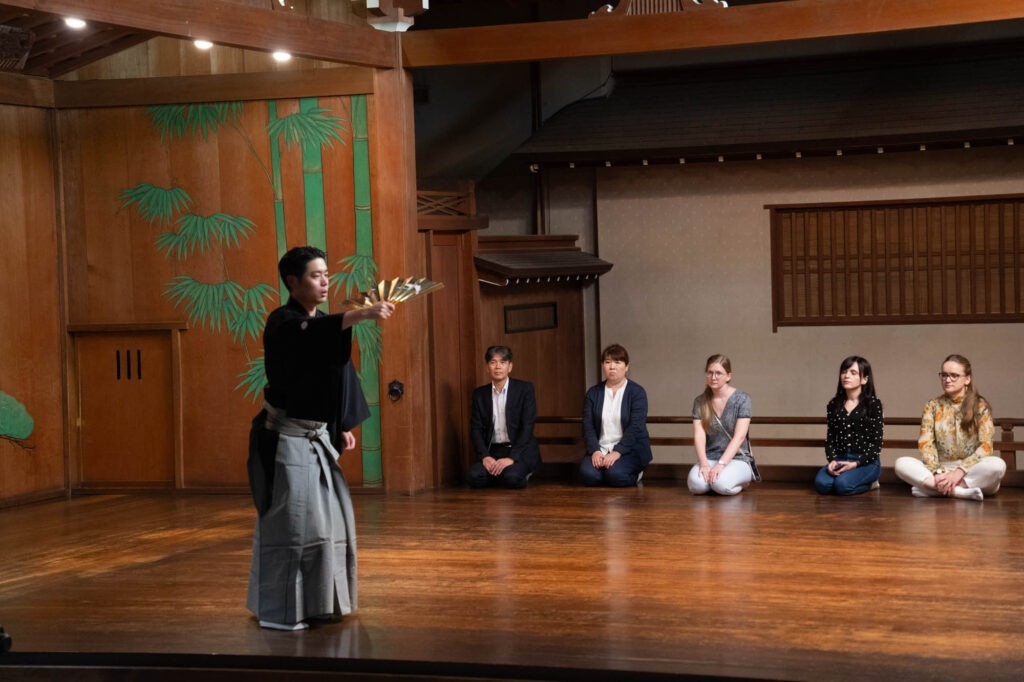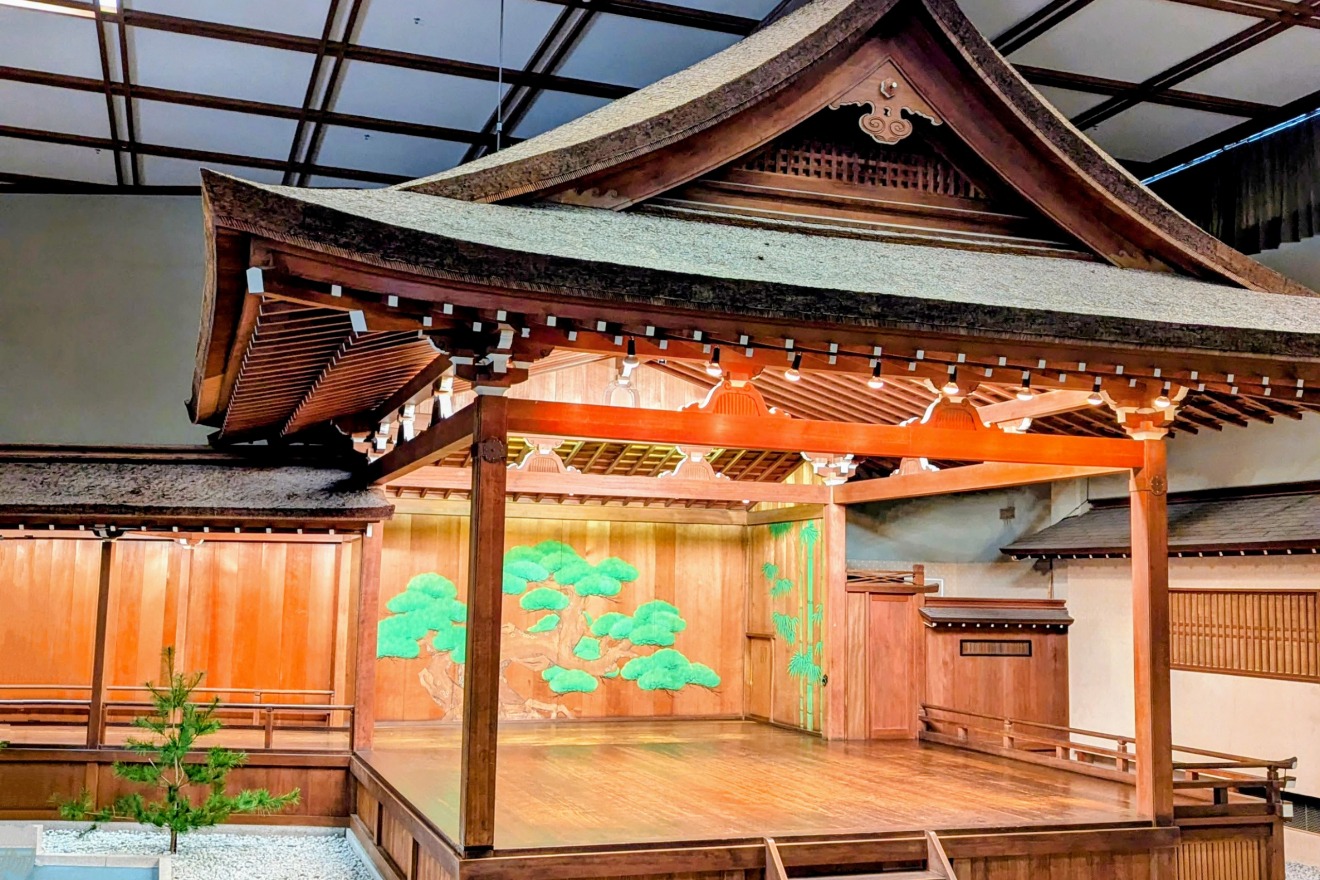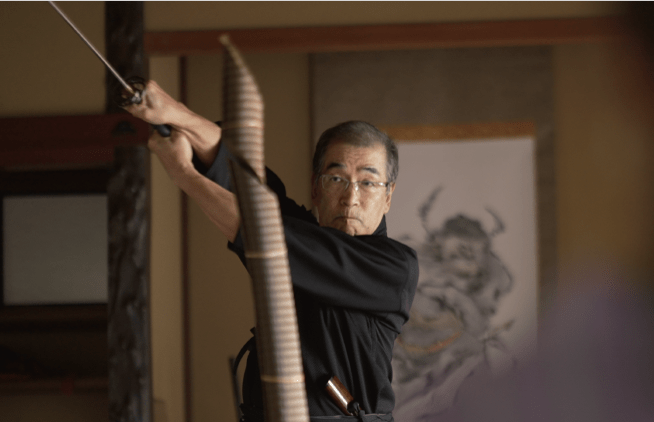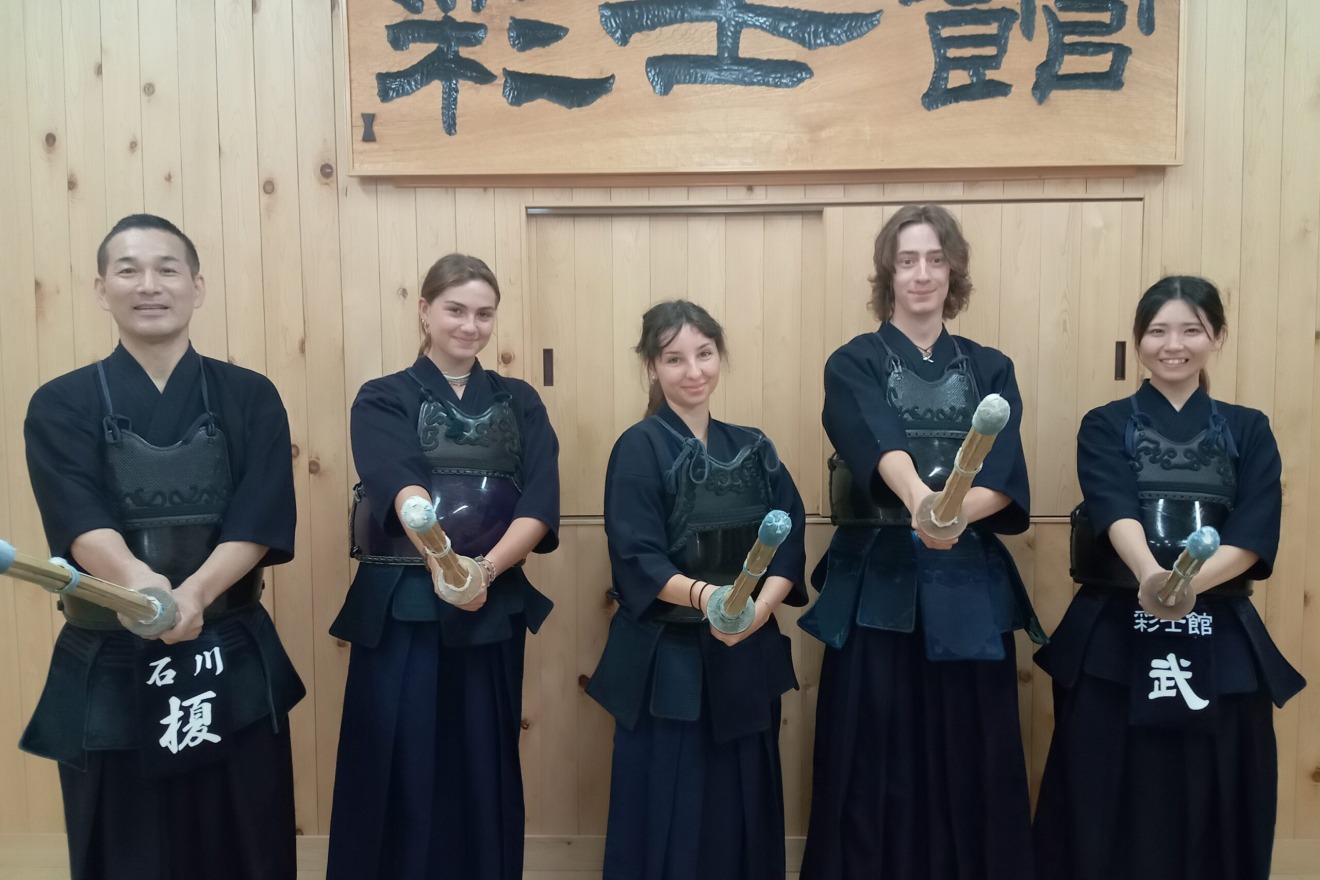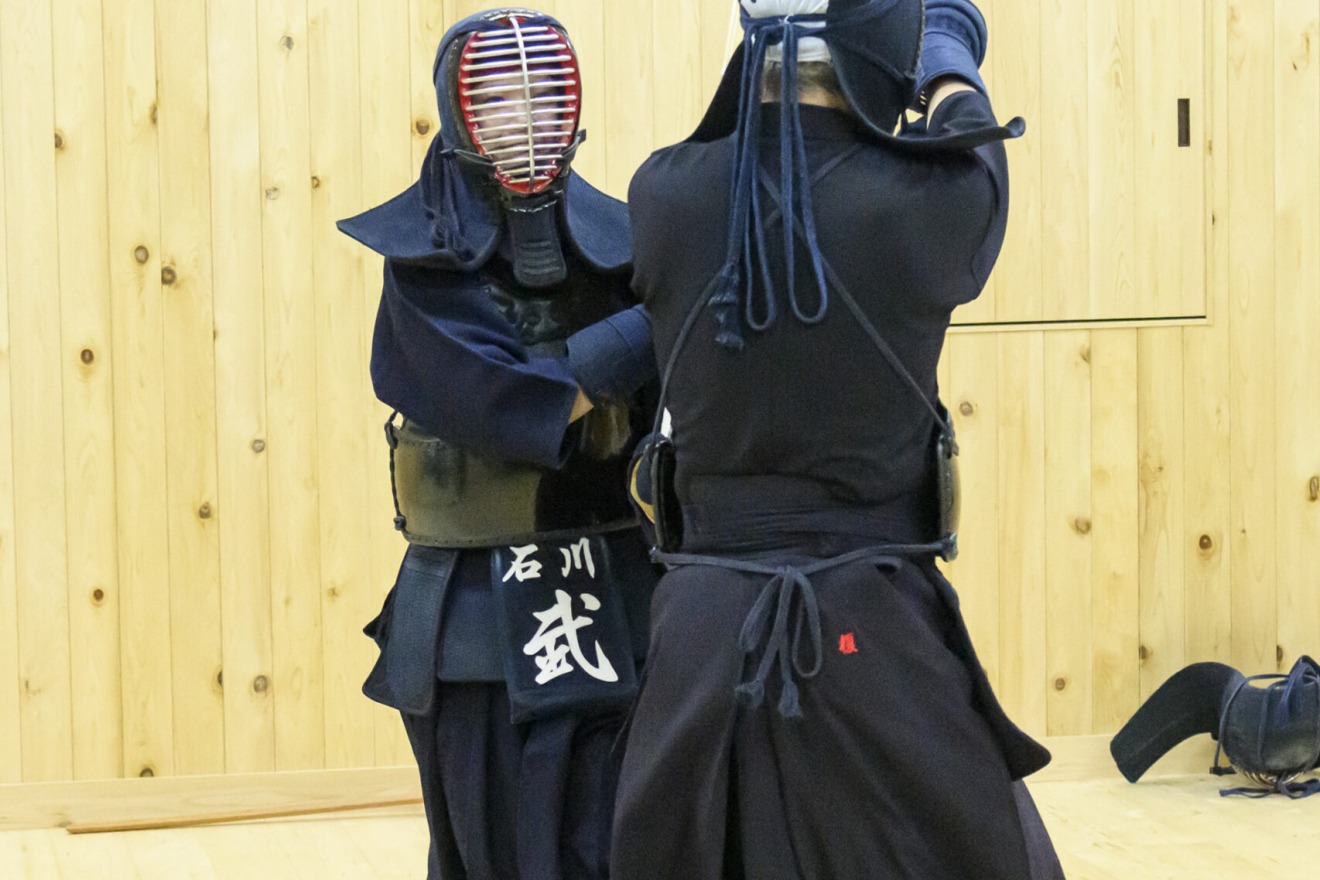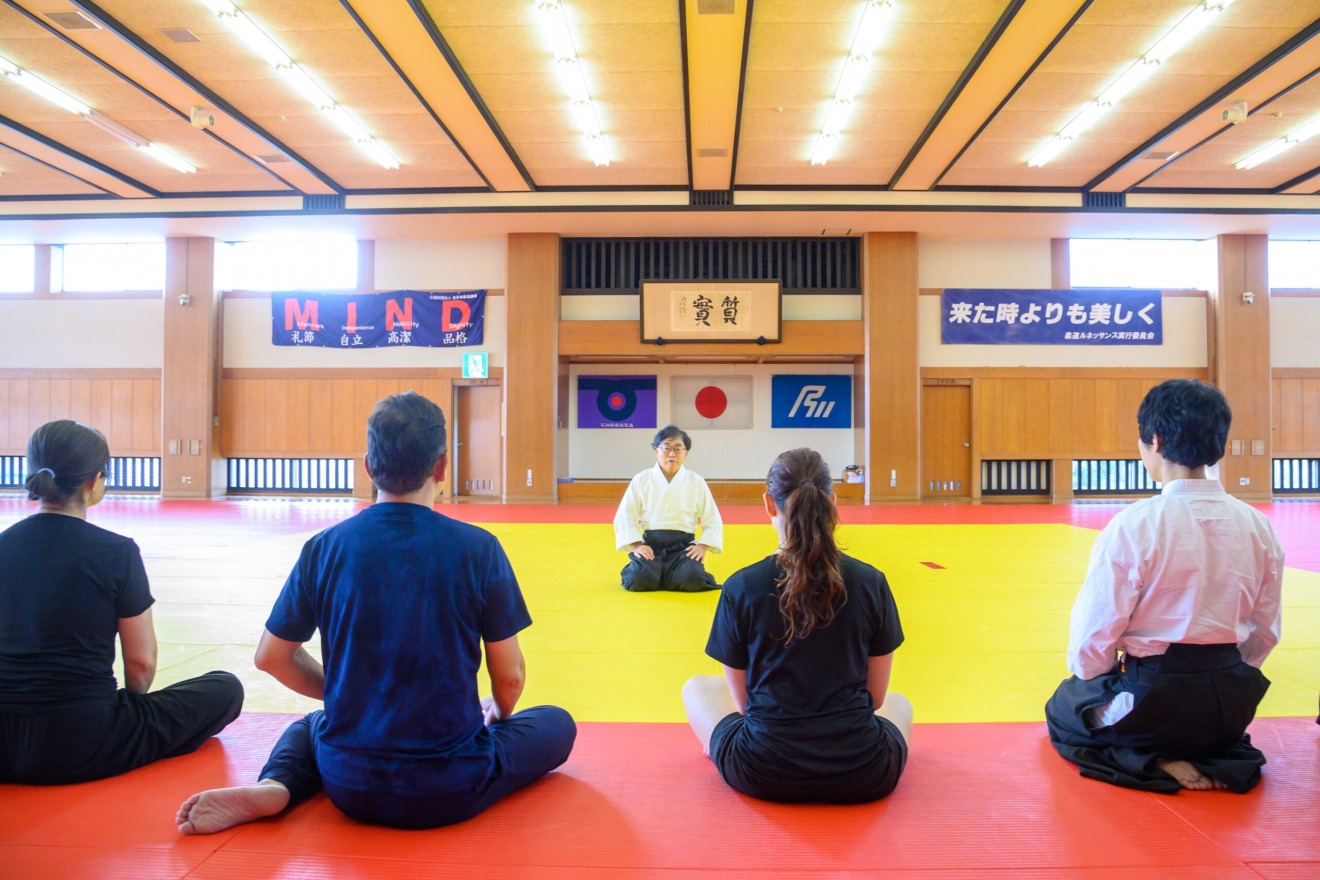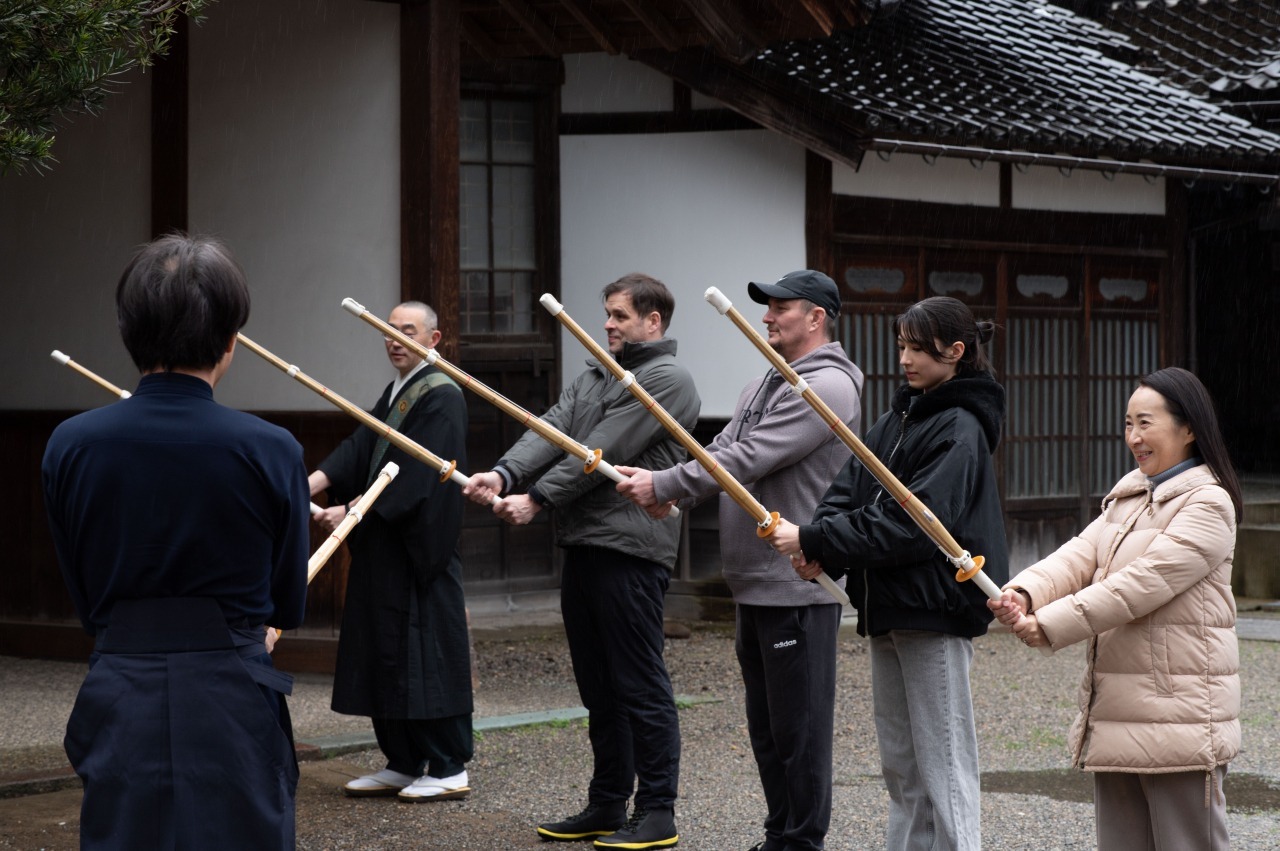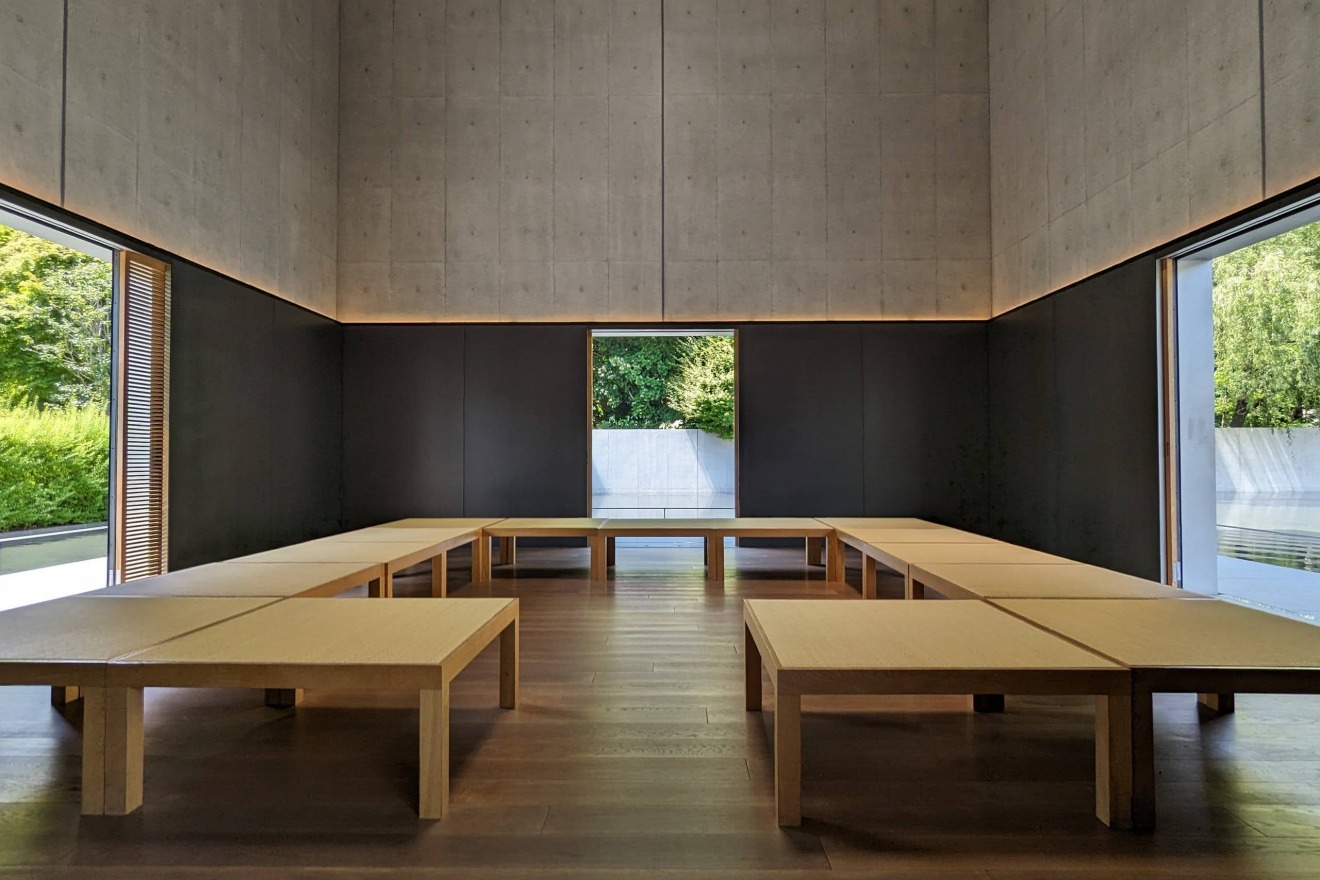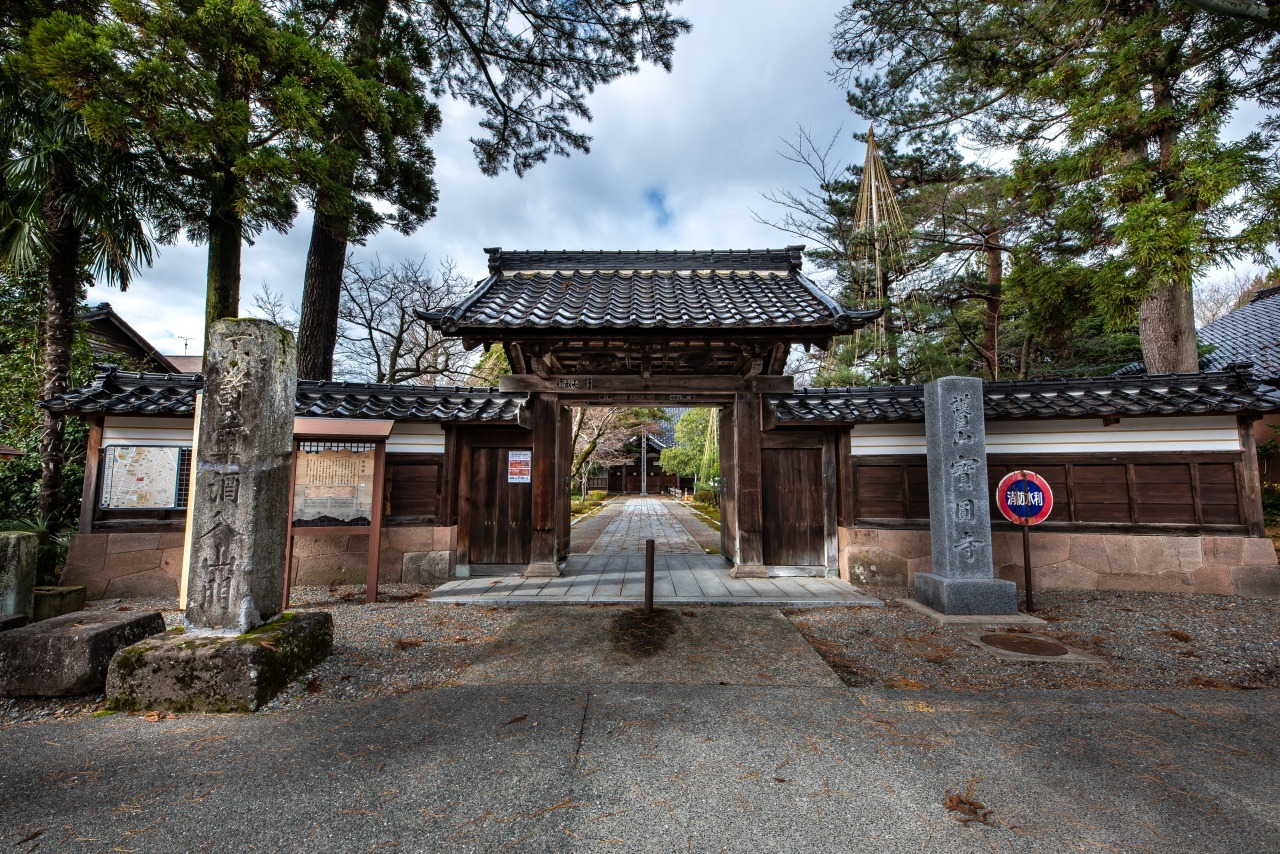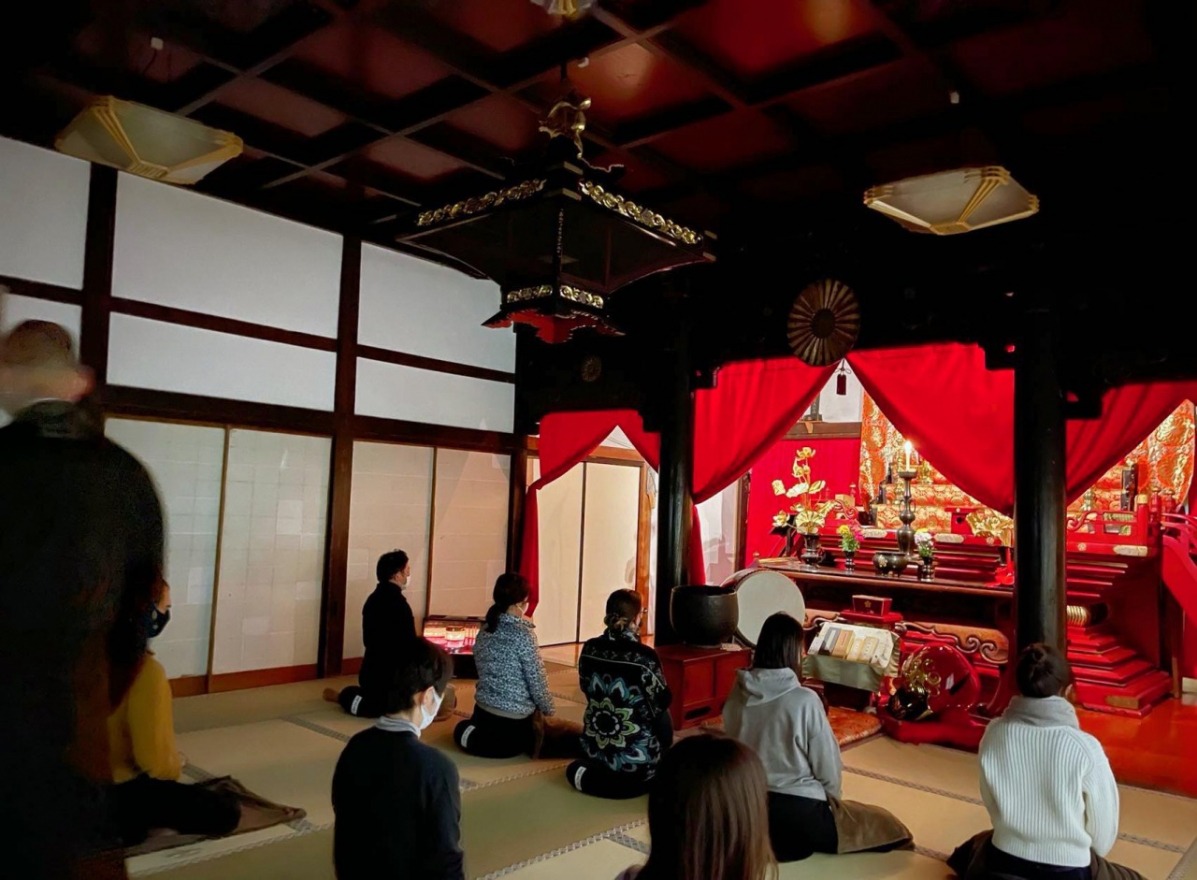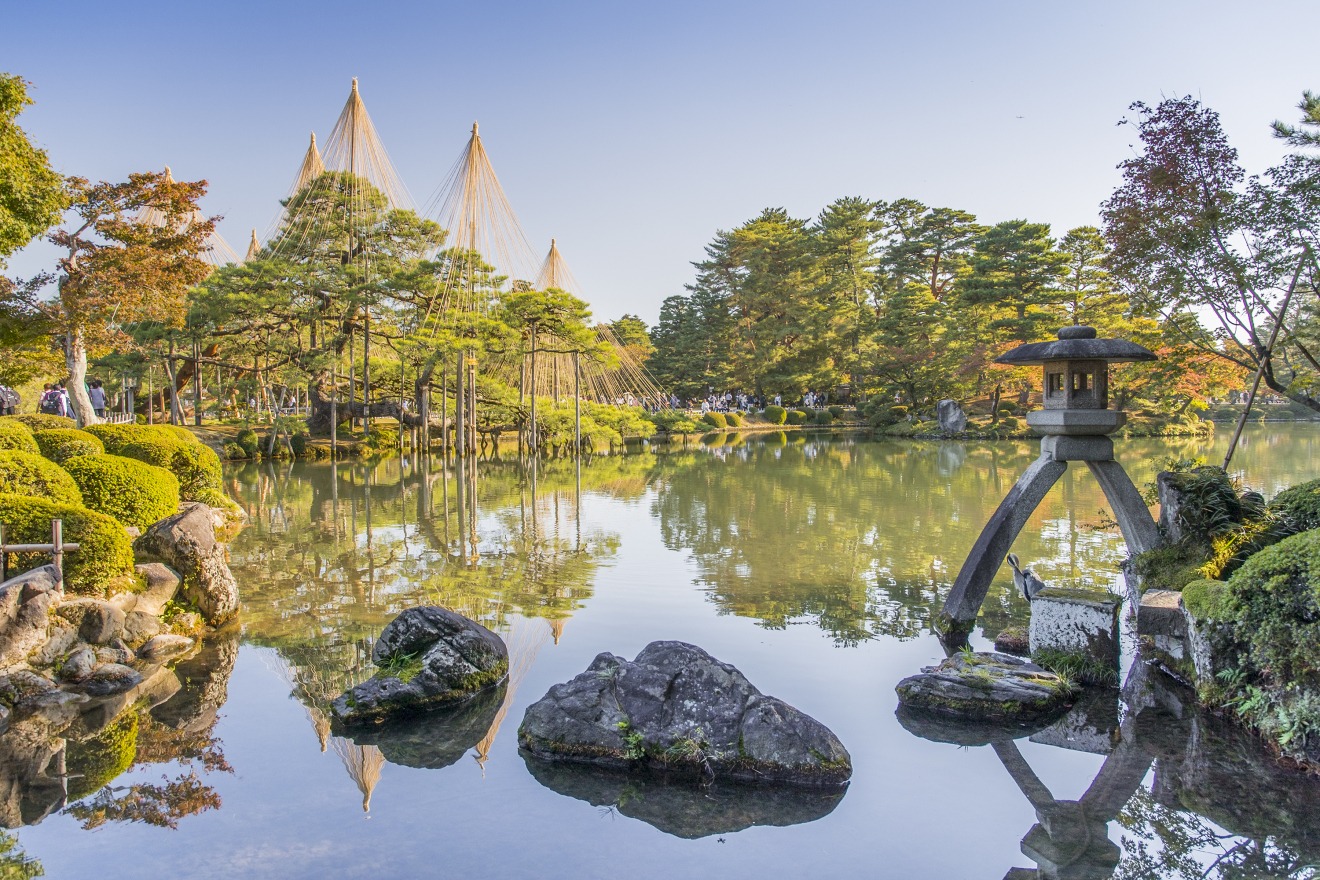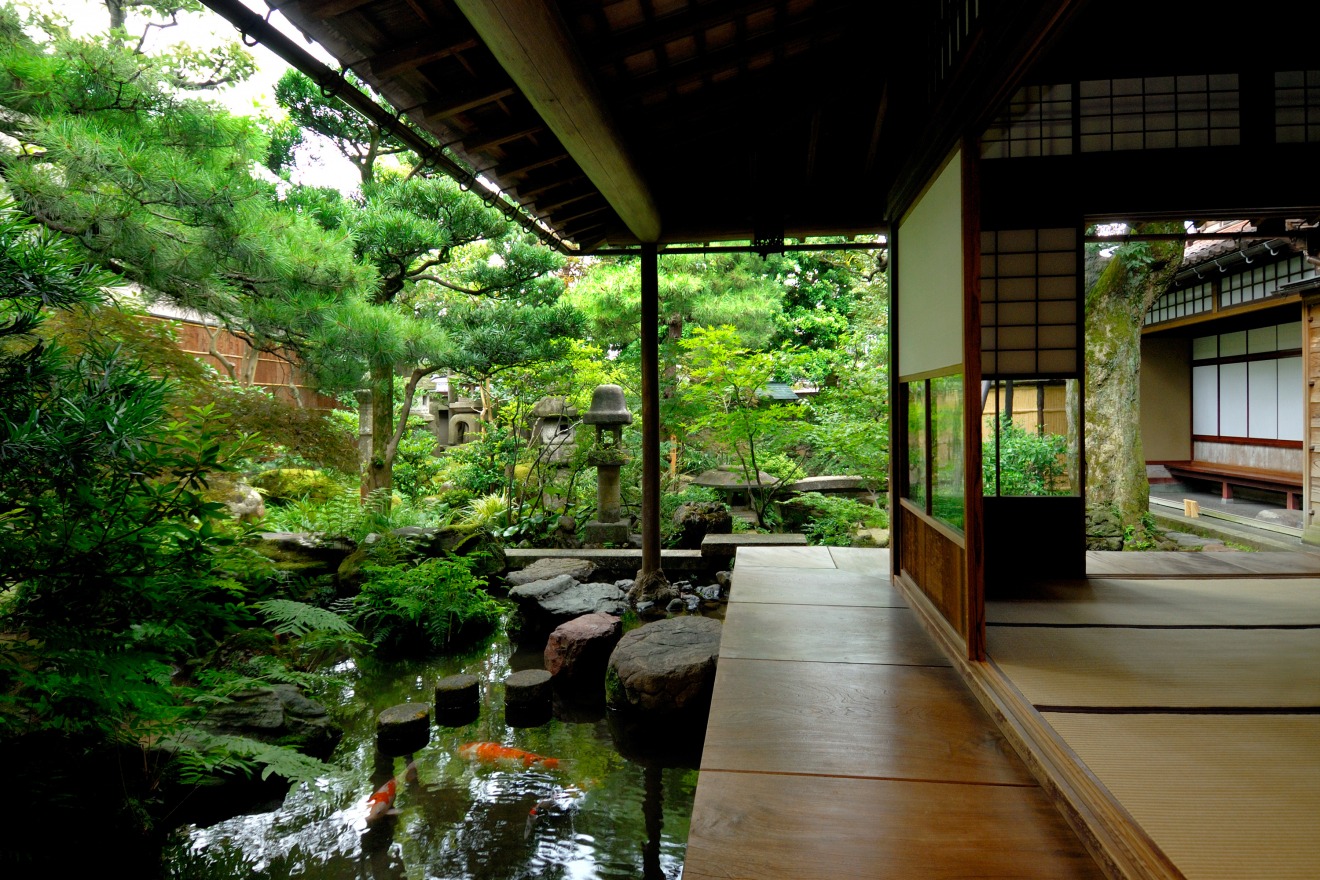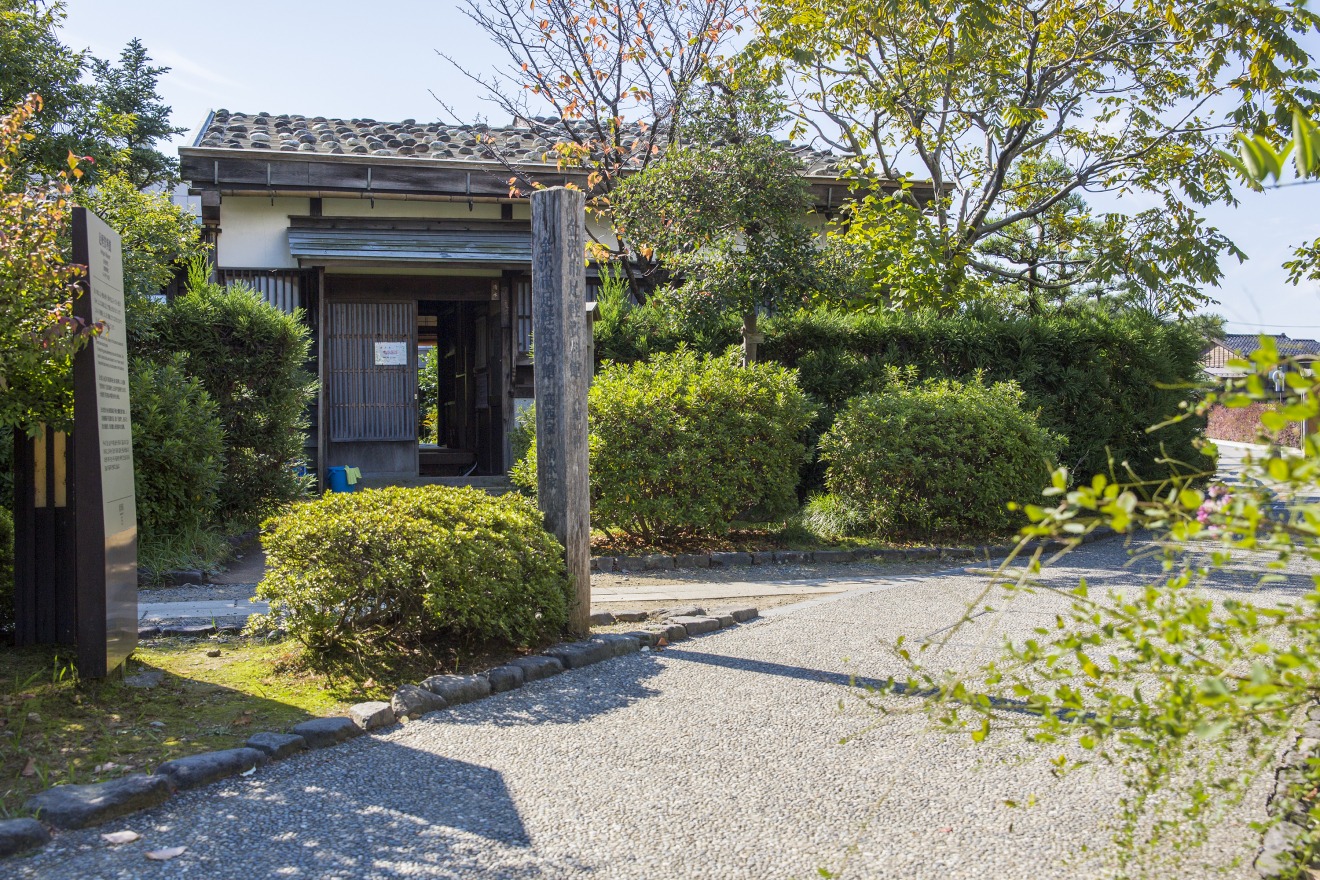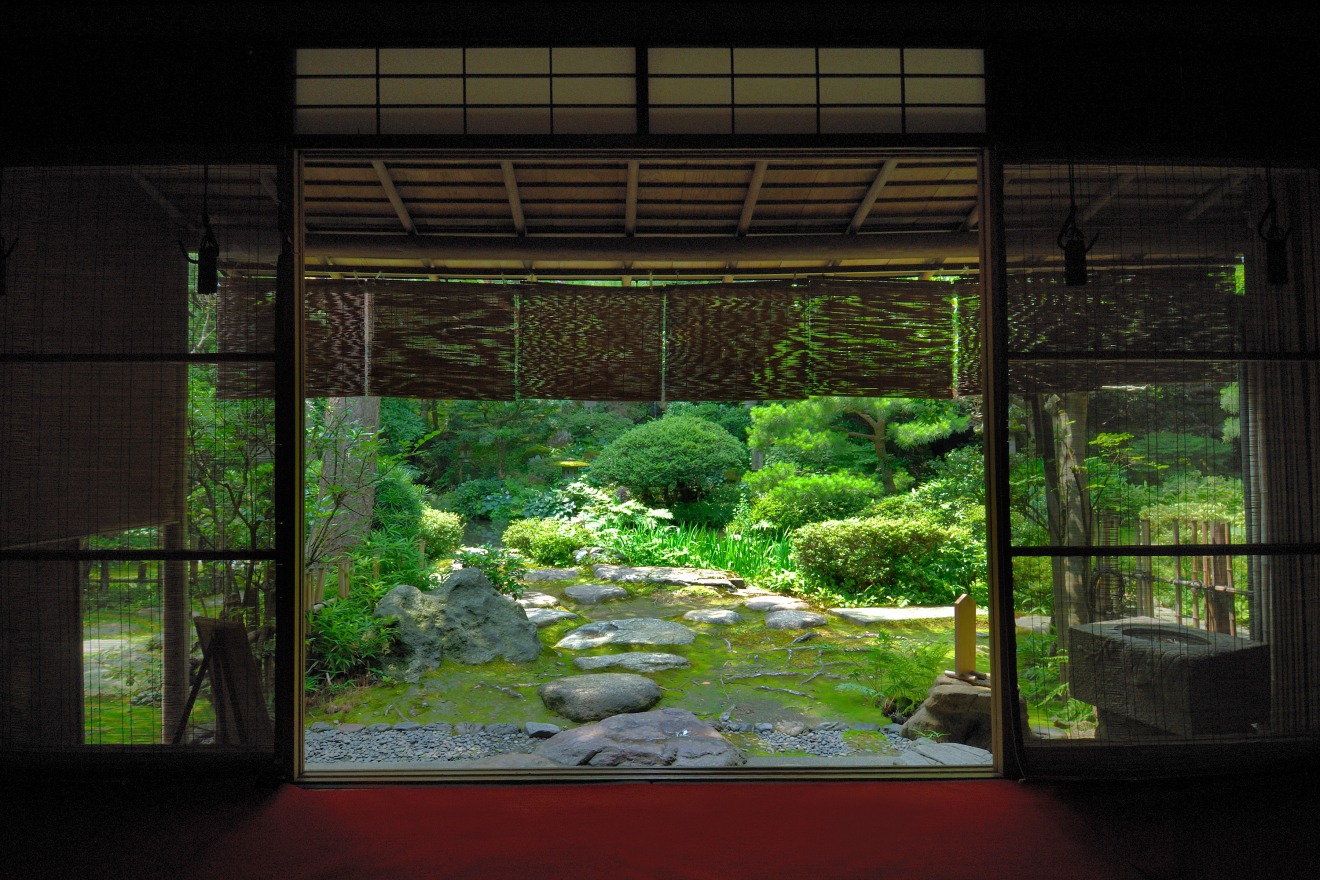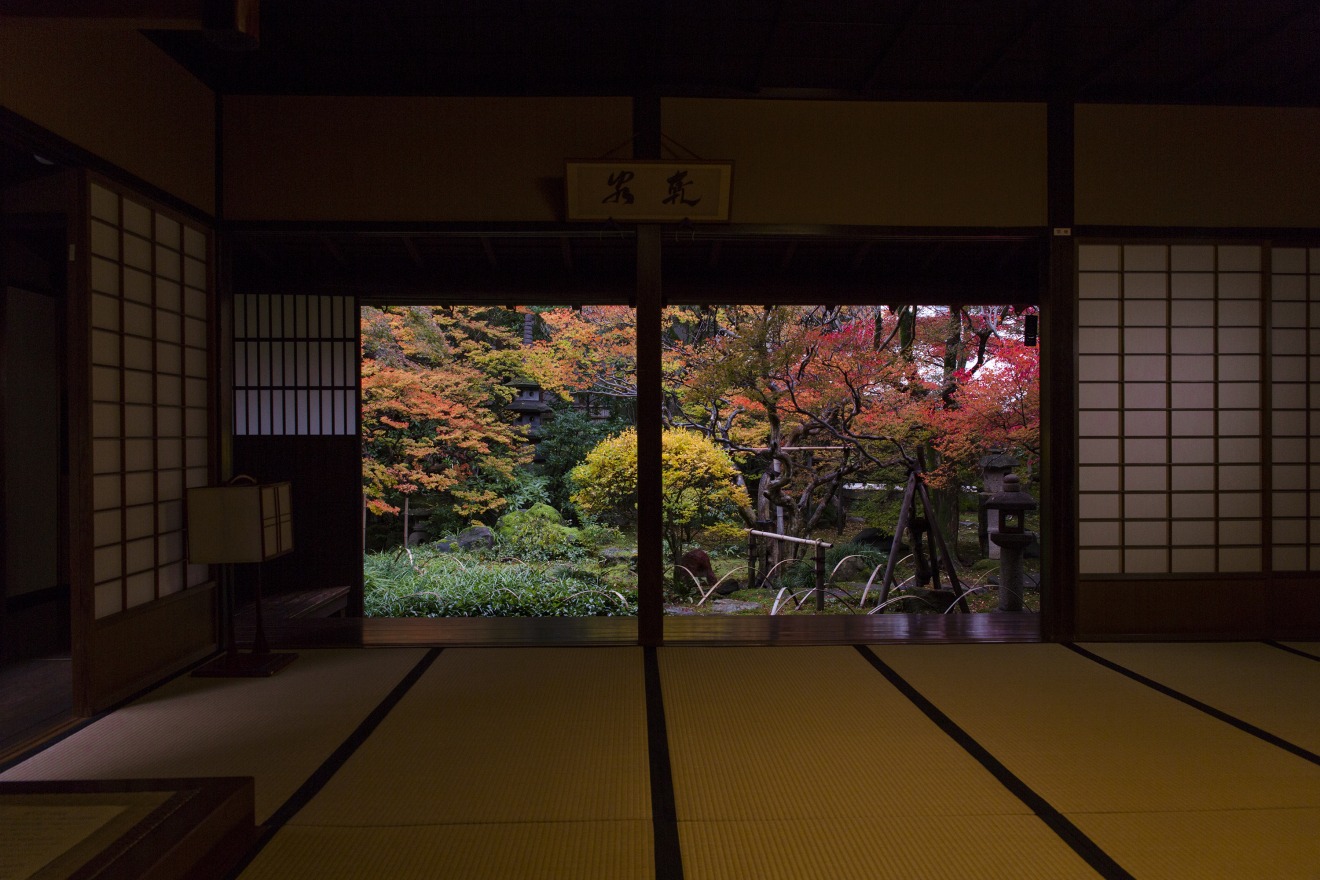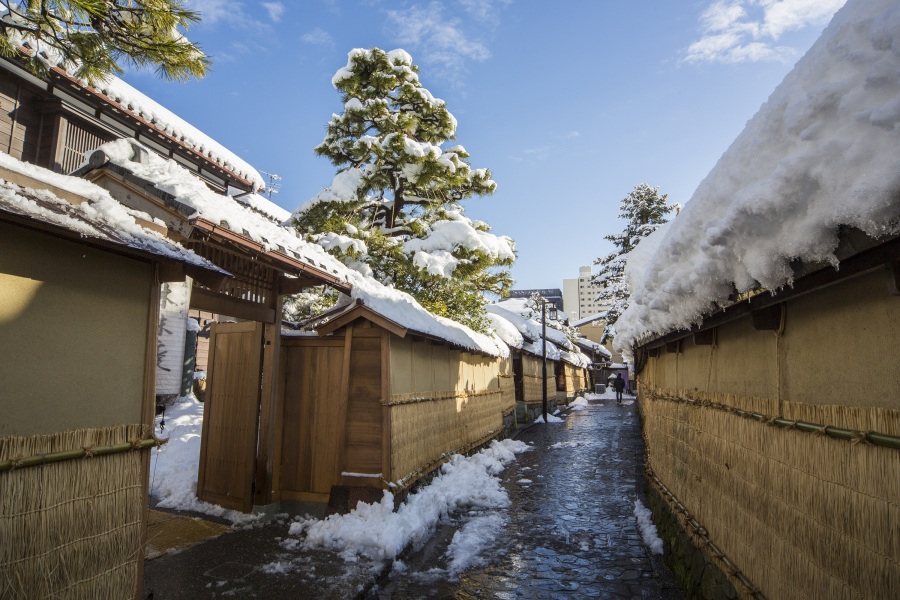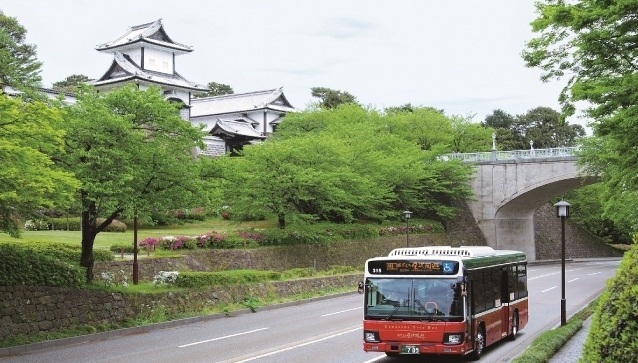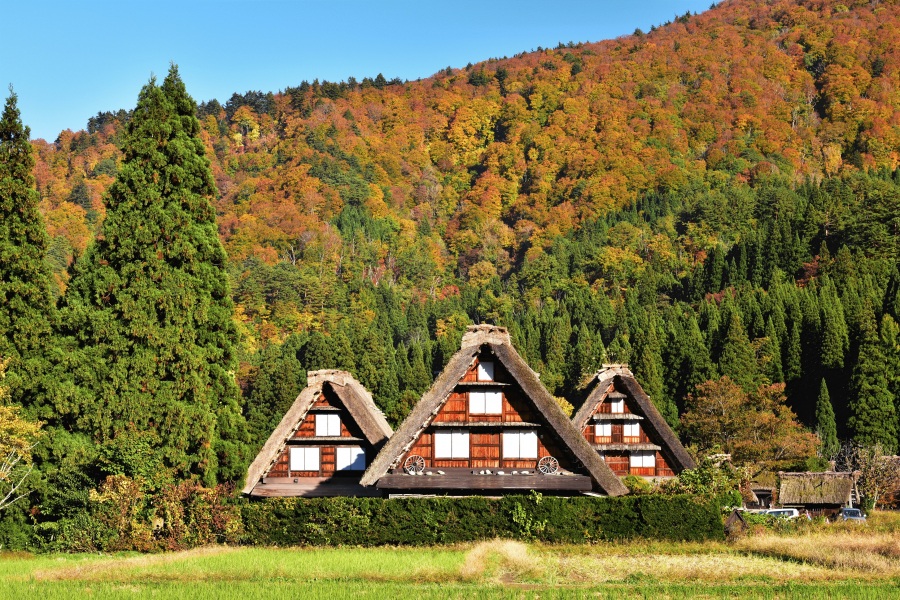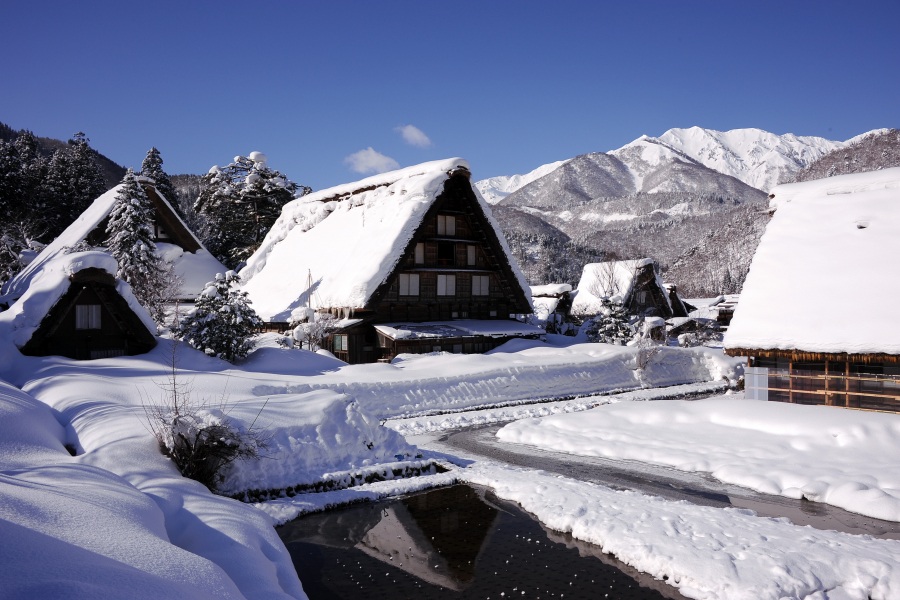The City of Samurai, KANAZAWA ~The Culture Nurtured by Bushido~
What comes to mind when you think of Kanazawa? Beautiful streets, Kanazawa Castle, and... SAMURAI!.
In this article, we will explore how this historic city nurtured samurai culture during the Edo period and how it continues to thrive to this day.
<Late 1500s>
Kanazawa was originally governed by the followers of the Buddist Jodo Shinshu sect. However, after the suppression of uprising led by followers of the sect , Kanazawa Castle was built on the site of their main temple, and a castle town was established, incorporating the former temple town.
The 1st feudral load of the Kaga domain MAEDA Toshiie, who served under ODA Nobunaga and TOYOTOMO Hideyoshi and experienced many battlefields, was not only a warrior but also a cultured individual who valued the education of a samurai. He studied tea ceremony under the great Sen no Rikyū and performed Noh by himself, embodying the cultural refinement of a samurai.
<1600s - Edo Period>
The Maeda clan, who became the lords of the Kaga domain, ruled over Hokuriku regions and became the wealthiest feudal lord throughout the Edo period. Kanazawa flourished as the political, economic, and cultural center of the domain for approximately 300 years.
During this period, Kanazawa became a model for Japanese castle towns, and the Maeda family’s continuous rule for long time cemented the deep roots of samurai culture in the region.
In the Edo period, as Kaga domain had kept their powerful financial power, Maeda clan was often scrutinized by the shogunate. However, the Maeda family avoided conflict through military force and chose to focus on cultural governance. They promoted the development of academic studies, crafts, and arts, inviting scholars from across the country to support cultural activities. A prominent Confucian scholar of the mid-Edo period, Arai Hakuseki, praised the culture of the Kaga domain, famously saying, "Kaga domain is the center of knowledg in Japan."
Kanazawa's crafts also flourished under the patronage of the Maeda clan. The "Osaikusho" (Imperial Craft Workshop), founded in the 17th century, initially focused on the creation and repair of armor and weapons but gradually transformed into a workshop for producing castle furnishings and other items. The Maeda family invited skilled artisans from Kyoto and Edo(present Tokyo) to train goldsmiths, lacquer artists, and other craftspeople. Moreover, the lords themselves practiced Noh and the tea ceremony, spreading the samurai spirit and cultural refinement to their retainers and townspeople. It is said that the artisans of the Osaikusho also attended Noh practice every other day. By the late 17th century, the samurai culture of the Kaga domain was firmly established, and it became known as the "Kaga Million Stone Culture."
<Post-Meiji Era>
During the Meiji era, the Maeda family moved to Tokyo, and the population of Kanazawa decreased as the Maeda family, who had been key patrons, were no longer present. However, the high level of craftsmanship cultivated over time was applied to contemporary technologies, contributing to industrial development. Furthermore, Kanazawa remained largely unscathed by major wars from the Edo period to the present, allowing the city to continue nurturing its culture and maintain its self-reliant economy.
The "Kaga Million Stone Culture," established during the Edo period, has continued to evolve in the modern era and remains the foundation of contemporary Kanazawa culture—comprising philosophy, fine arts, traditional culture (such as Noh and the tea ceremony), and food culture. This culture has deeply embedded itself into the daily lives of Kanazawa’s citizens and continues to sustain a high quality of life to this day.
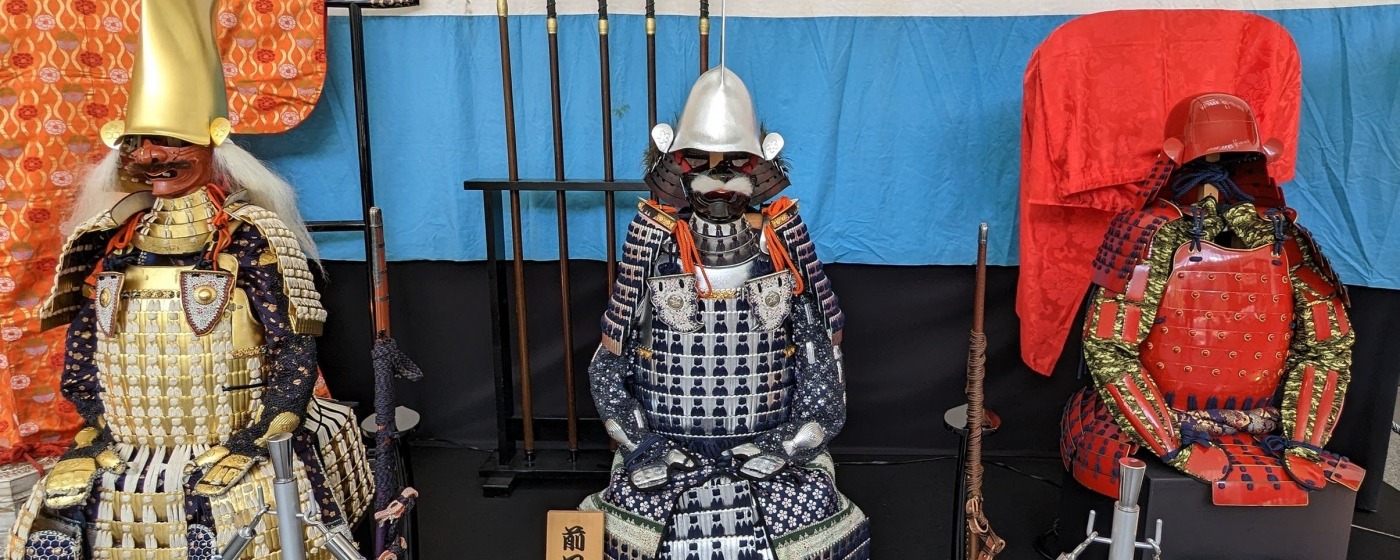
Urban Development and Landscape of the Castle Town
The urban structure of Kanazawa continues to inherit the form of the castle town planned by the Maeda clan around 400 years ago. Elements such as the street network and water channels are reflected in the current urban landscape, while historical buildings remain, including the charming samurai residences with earthen walls and stone pavements, temple complexes, and teahouse districts lined with buildings adorned with delicate lattices. These elements combine to create Kanazawa's unique cultural landscape.
▶In pursuit of samurai culture
▶Samurai Story: A deep dive into the culture and ways of samurai
The Way of Samurai ~Kodo (traditional incense-smelling ceremony)~
"Kodo" is the art of appreciating the scent of expensive, aromatic wood mainly brought from Southeast Asia. It is considered one of Japan's three major traditional arts, alongside the tea ceremony and the art of flower arrangement.
The scent, which arrived in Japan along with Buddhism, spread throughout the country as one of the essential tools in Buddhist rituals. Over time, it also connected with the world of tea ceremonies and literature, developing as a form of refinement for both the aristocracy and the samurai.
During the Muromachi period, in the era of the 8th Shogun ASHIKAGA Yoshimasa, figures such as the noble Sanjonishi Sanetaka and Shino Munenobu, a key supporter of the Higashiyama culture under the Shogunate, systematized specific protocols and rules, establishing the foundations of Kodo as we know it today. Currently, there are two main schools of Kodo: "Oike school," associated with the aristocracy, and "Shino school," linked with the samurai class. In Kanazawa, a city rich in samurai culture, people can enjoy the practice of Shino school incense listening.
The act of inhaling the scent of aromatic wood is referred to as "listening to the fragrance," as it involves perceiving the meaning conveyed by the scent through the heart.
The Way of Samurai ~Tea Ceremony~
During the Sengoku period, the "Tea Ceremony" perfected by Sen no Rikyū captivated many samurai, including the rulers of the nation. MAEDA Toshiie, who laid the foundation for the Kaga domain, also received tea instruction from Sen no Rikyū and enjoyed hosting tea gatherings himself. The third feudal lord, MAEDA Toshitsune, not only invited Sen no Rikyū’s grandson, Sōtan (later the founder of the Ura-senke school), to his service from Kyoto, but also worked to protect and promote tea culture throughout the successive generations of the Maeda clan.
This influence remains significant today, and Kanazawa is widely known as a place where the tea ceremony is flourishing. In Kanazawa, not only can one experience tea offerings (drinking matcha), but there are also many places where one can try making tea themselves.
The tea ceremony is not merely an act of offering or drinking tea; it also serves as an expression of Japanese aesthetics and spiritual exchange. Through tea ceremony experiences, one can feel Japan's traditional sense of beauty and spirituality through the formalities and customs.
The Way of Samurai ~ Noh ~
Noh is a traditional performing art that progresses through a combination of vocal music, known as "utai," and instrumental music, known as "hayashi," accompanied by dance-like movements. Simply put, Noh can be compared to a musical or opera.
The origins of Noh trace back to the Nara period(710-784AD), and by the Muromachi period(1336-1573), with the support of Shogun Ashikaga Yoshimitsu, the performances of Kan'ami and Zeami helped bring Noh to its full form. In the Edo period(1603-1868), Noh was established as the official court music (shiki-gaku) of the Tokugawa Shogunate, becoming an essential cultural refinement that feudal lords were expected to learn.
In the Kaga domain, starting with the first lord MAEDA Toshiie, the Komparu-ryu style was primarily appreciated, but during the reign of the fifth lord MAEDA Tsunonori, the Hosho-ryu style was introduced and gradually became the dominant style. From that time on, it reached its peak throughout the Edo period. The feudal lords of Kaga fostered Noh talent among the artisans in the castle, and they also encouraged the practice among the local people. As a result, Kaga became renowned for its flourishing Noh culture, which continues to this day, often referred to as "Kaga Hosho."
The Way of Samurai ~ Budo ~
Budo refers to the martial arts practiced by samurai, as well as the acquisition of the morals and etiquette that samurai should uphold. Would you like to experience Budo, where "it begins with respect and ends with respect"?
BUDO Tourism ~Experience Kyudo in Kanazawa, the City of SAMURAI Culture~
Samurai and "Zen"
Zen Buddhism, which arrived in Japan during the Kamakura period(1185-1333), had a deep connection with the samurai and became one of the spiritual pillars for the samurai. The reason for this is that Zen emphasizes practice rather than the words of scriptures. The teaching of training the mind through personal discipline and practice matched the samurai spirit, which valued "eliminating waste and strengthening oneself" and embodied a robust, self-reliant, and disciplined attitude.
D.T Suzuki was born in Kanazawa and is known for introducing Zen Buddhism, as well as broader Eastern and Japanese culture and philosophy, to the world. In Kanazawa, there is an institution that embodies his ideas.
Samurai Garden
In Kanazawa, you can enjoy gardens from various samurai ranks, ranging from the garden of the feudal lord, Kenrokuen, to the gardens of the foot soldiers' houses.
★Special Scenic Spot of Japan: Kenrokuen
★Designated Scenic Spot of Japan: The Garden of Seisonkaku-villa (Important Cultural Property)
